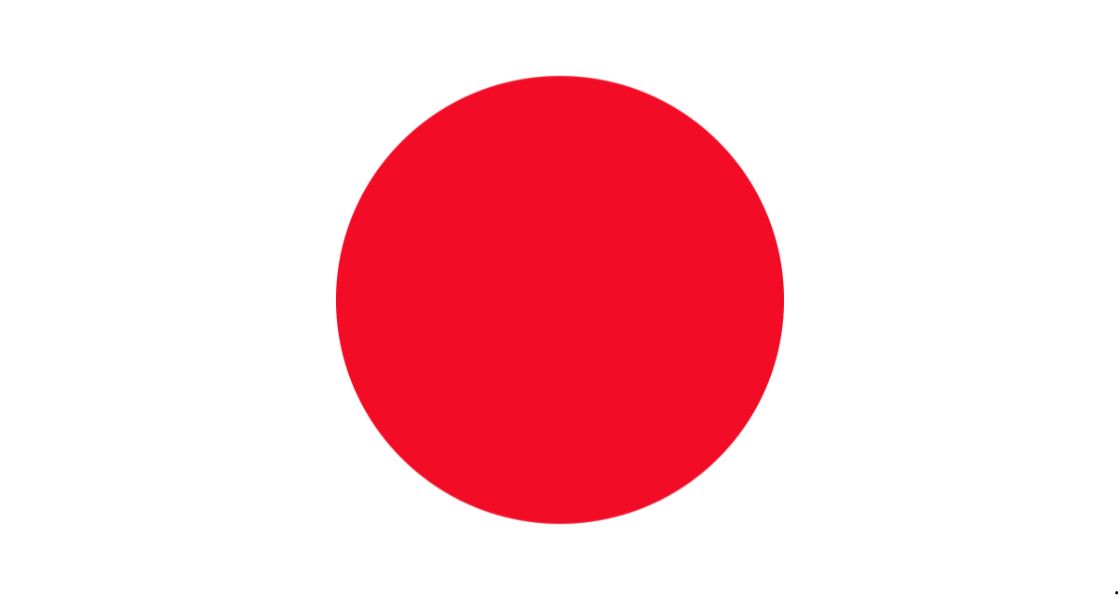
Japan, an island nation in East Asia, is renowned for its rich cultural heritage, advanced technology, and exquisite cuisine. The capital city is Tokyo, and the country spans an area of 377,915 km² with a population of approximately 124,214,766 people. The name "Japan" is written in Japanese as 日本 and pronounced Nihon or Nippon, meaning "sun origin," which led to the Western epithet "Land of the Rising Sun." Historically, the country was known as Wa or Yamato. The name "Japan" was introduced to European languages through early trade and was recorded by explorers like Marco Polo and Portuguese traders in the 16th century.
Japanese cuisine
Japanese cuisine (washoku) is a harmonious blend of seasonal ingredients, culinary techniques, and aesthetic presentation. Rooted in centuries of tradition, Japanese food emphasizes balance and simplicity. A typical Japanese meal is based on rice accompanied by miso soup and other dishes, with a focus on fresh, seasonal ingredients. Seafood is a staple, often served grilled, raw (as sashimi or sushi), or deep-fried in a light batter (as tempura). Apart from rice, noodles such as soba and udon are also central to Japanese cuisine.
Historically influenced by Chinese cuisine, Japanese dishes have also incorporated Western elements over time, resulting in a unique culinary landscape. Modern Japanese cuisine includes adaptations of foreign foods, such as ramen and gyoza. Traditional cooking methods like grilling, simmering, steaming, and frying, combined with the use of soy sauce, miso, and dashi, create the distinctive flavors of Japanese cuisine. Celebrated globally, Japanese food has earned accolades for its culinary excellence, with Tokyo being home to the most Michelin 3-star restaurants in the world.
Mushrooms in japanese kitchen
Mushrooms hold a special place in Japanese cuisine, celebrated for their unique flavors and textures. Commonly used mushrooms include:
- Oyster mushrooms - Known for their delicate texture and mild flavor, they are used in a variety of dishes, adding a subtle umami taste.
- Shiitake mushrooms - Prized for their rich, earthy flavor, shiitake mushrooms are a staple in soups, stews, and stir-fries.
- Exotic mushrooms - This category includes enoki, shimeji, and trumpet mushrooms, each offering distinct textures and flavors that enhance many Japanese dishes.
These mushrooms are not only valued for their taste but also for their health benefits, making them a frequent addition to Japanese cuisine.
Japanese dishes with mushrooms
Japanese cuisine features several delightful dishes that highlight the versatility of mushrooms. Some notable examples include:
- Stir-fry mushrooms with eggs - A simple yet flavorful dish where mushrooms and eggs are stir-fried together, creating a harmonious blend of textures.
- Mizutaki - A traditional chicken hot pot where mushrooms are cooked with chicken and vegetables in a light broth, perfect for a communal meal.
- Miso soup with mushrooms - A classic Japanese soup where mushrooms add depth to the savory miso broth.
- Gyoza with vegetables and mushrooms - Japanese dumplings filled with a mixture of mushrooms and vegetables, offering a delicious and healthy snack.
- Sukiyaki - A popular hot pot dish featuring thinly sliced beef cooked with mushrooms, tofu, and vegetables in a sweet soy-based broth.
These Japanese dishes with mushrooms showcase the integral role of mushrooms in Japanese cuisine, enhancing the flavors and nutritional value of each dish. Whether in soups, stir-fries, or hot pots, mushrooms are a cherished ingredient that brings depth and richness to Japanese dishes.











